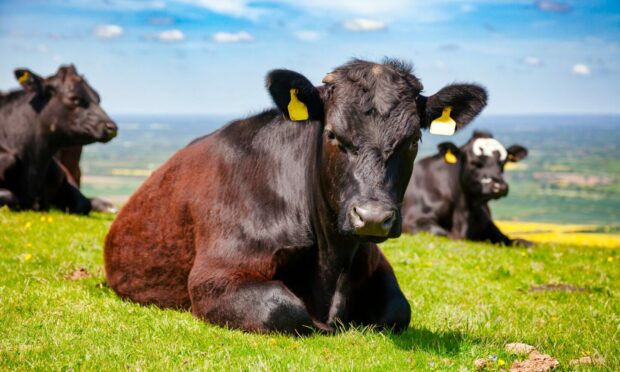New tests to speed up the detection of bovine TB infection in livestock animals post-mortem are being rolled out across Great Britain.
The Animal and Plant Health Agency (APHA) says it has validated a new polymerase chain reaction (PCR) test which can detect the bacterium responsible for bovine TB directly from tissue samples collected at post-mortem inspection.
APHA says the new test will reduce the time it takes to report results to livestock keepers to three weeks, and in certain situations, if the PCR test results are negative, herd movement restrictions could be lifted sooner than existing protocols allow.
The current method for confirming TB infection involves growing the bacterium in a laboratory from tissue samples – a process which can take up to 22 weeks.
New testing essential in halting spread of disease
APHA said the new testing will initially be used for tissue samples collected in three scenarios.
These are: TB slaughterhouse cases for cattle and non-bovines where animals were found to have lesions suspicious of TB at routine meat inspection; non-bovine animals such as goats, pigs and camelids which are removed as TB test reactors, direct contacts or clinical TB suspects, and cases where TB lesions are identified on post-mortem examination; and in samples from domestic pets, such as cats and dogs, submitted to APHA for investigation.
The UK’s chief veterinary officer, Christine Middlemiss, welcomed the new testing and said: “Fast and reliable testing is essential in halting the spread of this insidious disease in animals.
“This new PCR test ensures APHA can continue its vital role in detecting disease on farms and it will be welcome news for livestock farmers who have been greatly impacted by this disease.”
According to the UK Government, Bovine TB costs taxpayers around £100 million every year, and more than 27,000 cattle in England were slaughtered in the last year to tackle the disease.
